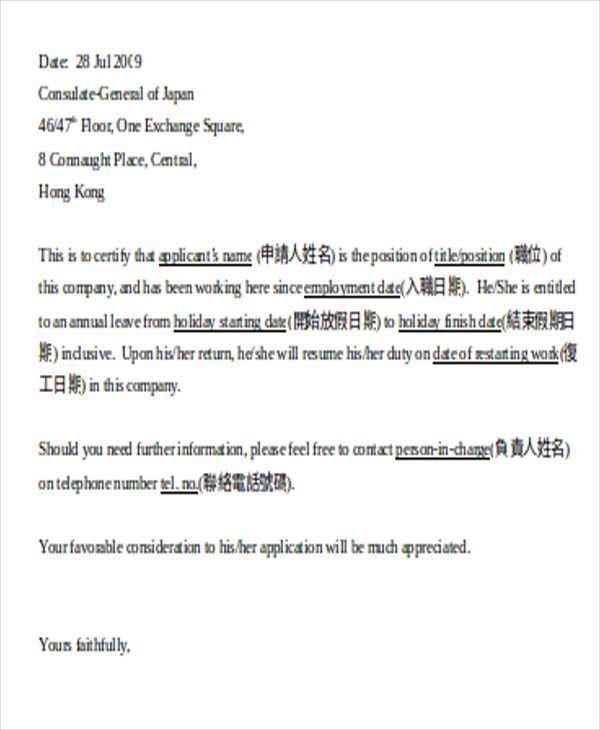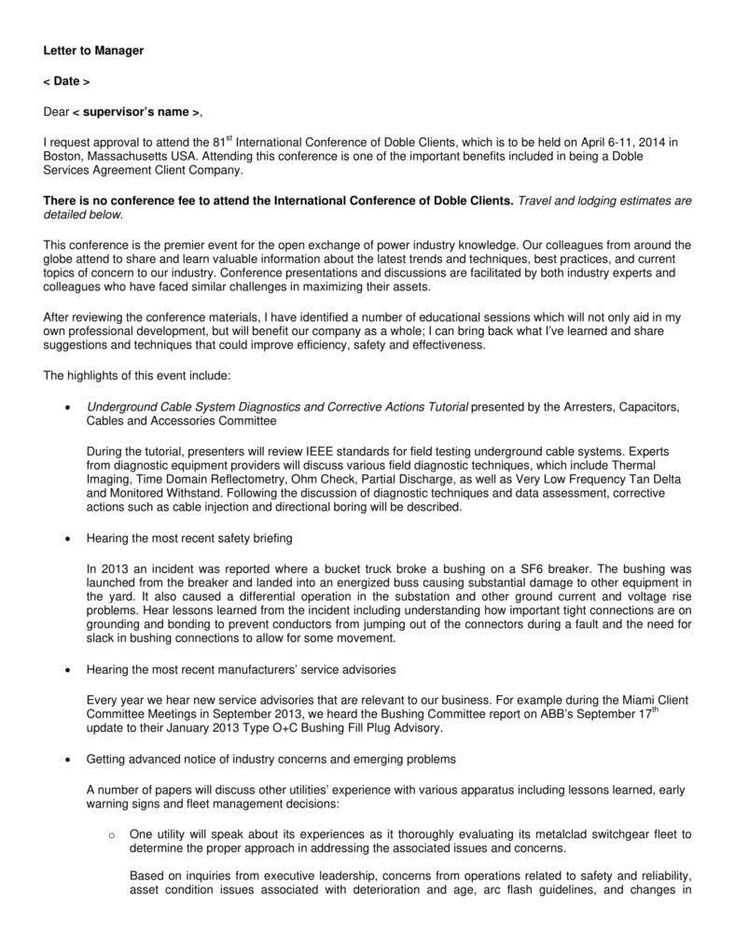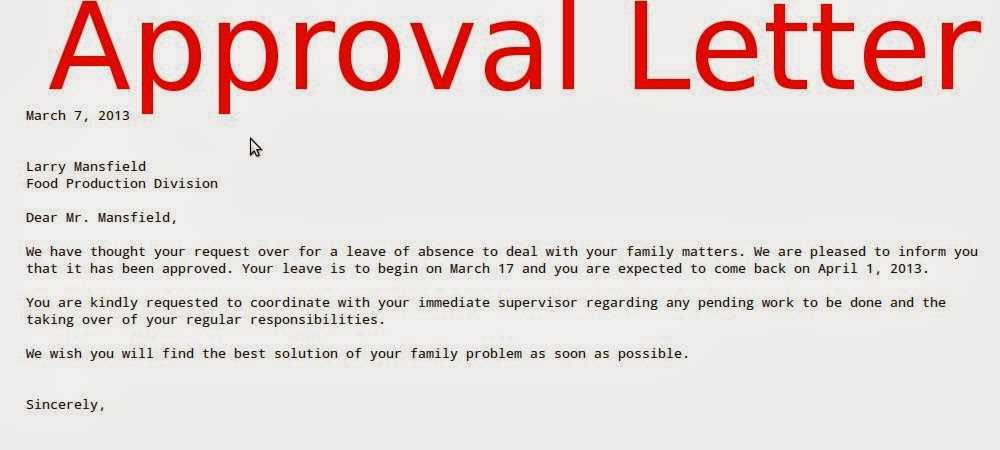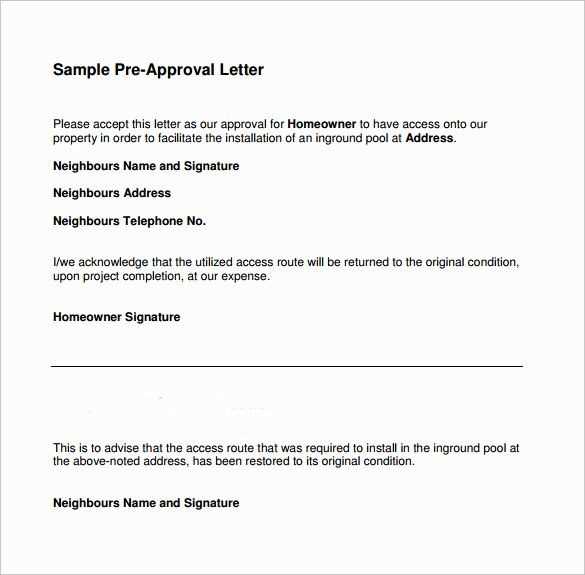Sabbatical Approval Letter Template for Easy Customization

When seeking time off for personal or professional growth, it is essential to communicate your intention clearly and professionally. Crafting a formal request can significantly influence the success of your appeal. In this article, we will explore how to create a well-structured document that outlines your intentions and makes your request more compelling.
Why a Formal Request is Important
A well-drafted document helps ensure that your time off is taken seriously. It provides a structured format to explain why you are requesting time away, the benefits of this decision, and how your absence will be managed. Such a written request serves as a formal record and helps both you and your employer stay organized.
Essential Elements to Include
- Personal Information – Begin with your full name, job title, and department.
- Reason for Request – Clearly state the purpose behind your absence, whether it is for professional development, personal reasons, or other objectives.
- Duration of Absence – Specify the start and end dates, along with the total number of days requested.
- Plan for Coverage – Offer solutions for how your responsibilities will be managed during your absence.
How to Craft Your Request

Step-by-Step Writing Process
- State Your Request Clearly – In the opening sentence, directly mention the dates you are requesting off and the reason for your request.
- Provide Context – Explain briefly how your absence will benefit your role or contribute to your personal growth. Be concise yet clear.
- Offer Solutions – Propose ways to handle your workload or suggest someone who can temporarily take over your tasks.
- Express Gratitude – Conclude by thanking your manager for their consideration and stating your willingness to discuss any concerns.
Common Pitfalls to Avoid

- Being Vague – Avoid providing ambiguous reasons for your request. Clear, specific explanations are more likely to be approved.
- Missing Information – Ensure that all necessary details, such as dates and plans for coverage, are included.
- Using Informal Language – Always maintain a professional tone, even if the request is informal in nature.
By following these guidelines, you can create a polished and professional document that makes your request stand out and increases the likelihood of approval.
Request for Extended Leave: Overview and Essential Elements
When requesting extended time off for personal or professional development, a clear and structured document is key to ensuring your request is taken seriously. This section provides an overview of the most important aspects of such a document, from its essential components to the steps needed to draft a convincing and professional request.
Having a formal document for your leave request is crucial for a few reasons. It helps maintain professionalism, ensures clarity in communication, and serves as a formal record of your intentions. Such a request not only details your plans but also demonstrates your responsibility in managing your workload during your absence.
Key Elements of a Leave Request

A well-crafted leave request typically includes several critical components to make sure it is both complete and professional:
- Introduction: Briefly state the purpose of your request and provide the necessary context.
- Duration: Clearly mention the start and end dates for your requested time off.
- Reason: Explain why you are requesting the time away, whether for personal or professional reasons.
- Plan for Coverage: Offer suggestions for how your responsibilities will be handled while you’re gone, including delegating tasks to colleagues if necessary.
- Closing: Express appreciation and provide contact information in case any questions arise.
Steps to Write a Professional Request
Follow these steps to write a compelling and effective document:
- Start with a Clear Request: In the first sentence, state the exact dates you’re asking off and the reason behind your request.
- Provide Context: Briefly elaborate on why the time off is important for your personal or professional development.
- Propose a Plan for Work Coverage: Suggest solutions for how your work will continue in your absence, or recommend colleagues to take on your tasks.
- End with Gratitude: Thank your manager or HR department for their time and consideration, and offer to discuss any further details if needed.
Best Practices for Requesting Time Off
To increase your chances of approval, keep the following in mind:
- Be Transparent: Clearly explain the reason for your request without being too vague.
- Provide Adequate Notice: Submit your request as far in advance as possible to allow time for planning and adjustments.
- Stay Professional: Even if you’re requesting time off for personal reasons, maintain a professional tone throughout your communication.
Common Mistakes to Avoid
Avoid these common pitfalls to ensure your request is well-received:
- Ambiguity: Avoid vague explanations. Clear, concise details improve the likelihood of approval.
- Incomplete Information: Ensure that all required information is included, such as dates, reason for the request, and coverage plan.
- Informality: Keep the tone professional, even if you have a close relationship with your employer.
How to Customize Your Request
Customizing your document according to your specific situation is key to making it feel more personal and relevant. Adapt the content to reflect your role, the nature of your work, and the unique aspects of your request. Tailoring your document shows consideration and increases the chances of a positive response.